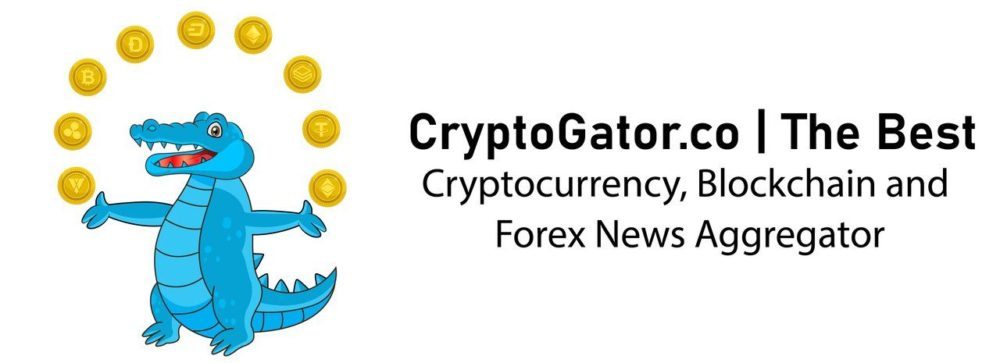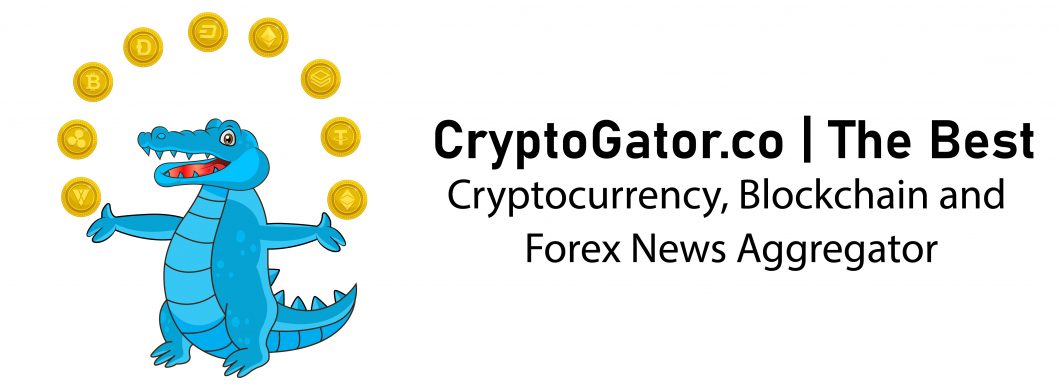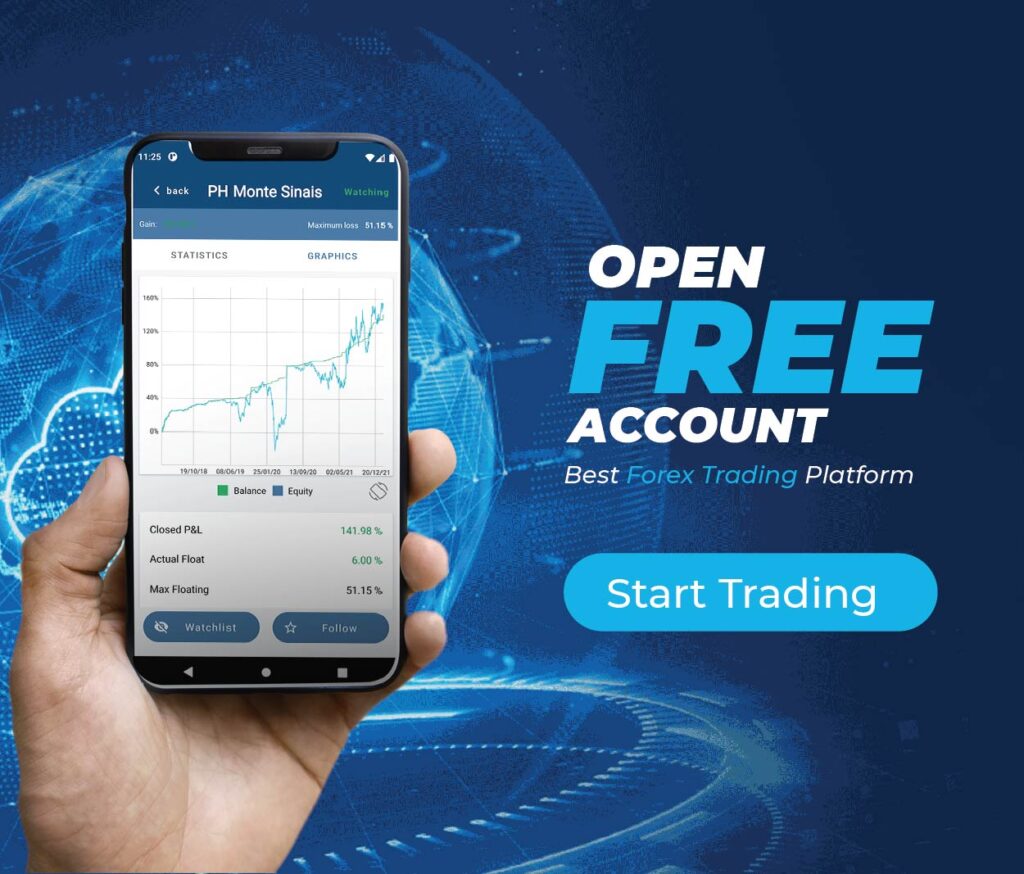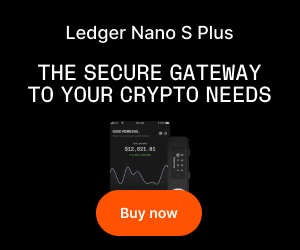Non-fungible tokens (NFTs) have allowed creators to earn from their works without relying on art galleries, centralized platforms, or show events. Digital creators can now sell their songs, films, photos, GIFs, or even tweets, as digital treasures on a number of NFT marketplaces.
Although blockchain technology guarantees collectors aren’t purchasing a duplicate, there’s still one burning question in the back of every buyer’s mind: how can we know if a piece of artwork is genuine and not just a downloaded copy, and how can we validate the authenticity of an NFT?
Case Study
A fake Banksy NFT sold for more than $300,000.
As cybercriminals and hackers expand their coasts across the internet, trustworthiness becomes a big issue. Due to this, there is also a chance of unauthorized copies or phony NFTs being sold.
Banksy is an anonymous creator regarded as one of the top street artists in the world. His true name has remained a mystery because much of the graffiti artwork he has done on public surfaces is unlawful. Banksy hasn’t yet entered the NFT sector, although someone mistakenly believed he had.
According to CNBC, Banksy’s website posted a picture on Sept. 1, 2021, that was linked to an NFT marketplace listing. The NFT “Great Redistribution of the Climate Change Disaster” was a picture that looked a lot like the CryptoPunks, a popular NFT collection. OpenSea, one of the largest NFT marketplaces on the internet, had the listing. Sadly, it was sold for 100 Ether, equivalent to more than $300,000 at the time. The only issue is that the listing was not posted by Banksy or anybody associated with him.
However, with blockchain technology solidly backing NFTs, verifying the authenticity of NFTs and avoiding scams such as this one is possible.
How?
Verifying all digital assets—fungible and non-fungible—is feasible since all tokens have their respective metadata and transaction log, which can be verified. For any NFT, there is always information about when it was minted, who the creator is, how many times it has been flipped, and by whom. Every transaction about a particular NFT from when it was minted up until now is always available on the blockchain by looking at its metadata.
What is Metadata?
An NFT’s metadata contains the details of what constitutes the NFT. It discloses details like the asset’s owner, the asset’s name, and its rarity. One of the simplest and fastest ways to verify the authenticity of an NFT is to scrutinize the NFT’s metadata using a blockchain explorer like Etherscan or an NFT explorer like Solana explorer.
All you need is to find the NFT on the blockchain or ask for the seller’s wallet address; this wallet address should be the same address where the particular NFT is stored. This will enable you to verify if the supposed seller is trying to catfish.
In the case of the fake Banksy NFT, the buyer could have further researched the seller’s claim of ownership on the blockchain explorer correlated with the actual artist, especially since he’s a famous artist.
Further Precautions
In some cases, it may be tricky to gather all the information from a blockchain explorer and further research may be necessary. Here are a few extra precautions NFT buyers can take to avoid being scammed.
Use search engines: Technology has brought a lot of conveniences; with search engines like Google, for instance, the buyer can double-check to find out important information about an image, such as how many variants of an image have been on the internet and other details. Information about bigwigs across industries is always available on the internet.
Check a creator’s social media channels: It’s easy to learn a lot about an artist just by looking at their social media channels like Facebook, Instagram, and Twitter, to mention a few. Most times, creators publish content related to their work and the latest release. This is a sure strategy to look out for and confirm if a creator is listing an NFT on the marketplace or just another catfisher on the loose. Also, checking people’s activities under their social media posts is a pointer to the project’s uniqueness.
Another sure and straightforward technique to validate authenticity is to search other NFT marketplace platforms to see if the artist is re-selling the same work on other platforms. Because each decentralized ledger will have unique tags, a con-artist can scam many people by selling the same piece of artwork on multiple decentralized NFT marketplaces. A genuine and legit digital art creator selects and adheres to a single marketplace to list their works.
Low price: A popular NFT listed for a low price is a red flag that the NFT may be stolen or duplicated. Unminted arts are generally expensive, let alone NFT arts that are rare and unique; if you’re paying a meagre price, it’s highly likely to be a scam.
While we shift to NFTs to preserve authenticity and increase recognition for content creators, it’s vital to know how to stay safe and protected in order to avoid getting scammed into buying fake NFTs.
Want more? Connect with NFT Plazas
Join the Weekly Newsletter
Join our Discord
Follow us on Twitter
Like us on Facebook
Follow us on Instagram
*All investment/financial opinions expressed by NFT Plazas are from the personal research and experience of our site moderators and are intended as educational material only. Individuals are required to fully research any product prior to making any kind of investment.
The post How to Validate the Authenticity of an NFT appeared first on NFT Plazas.



